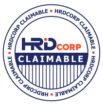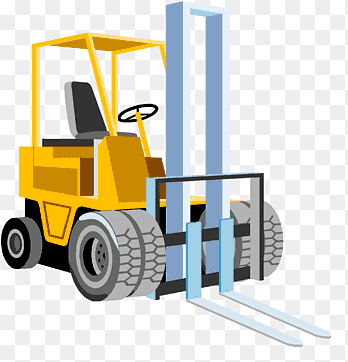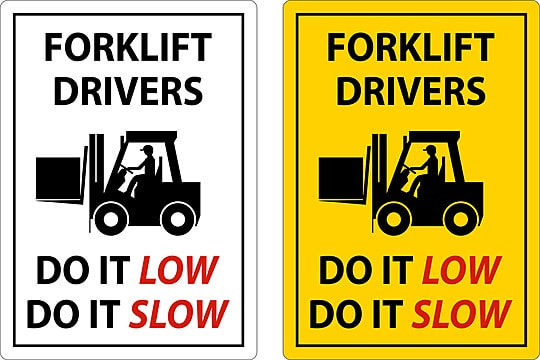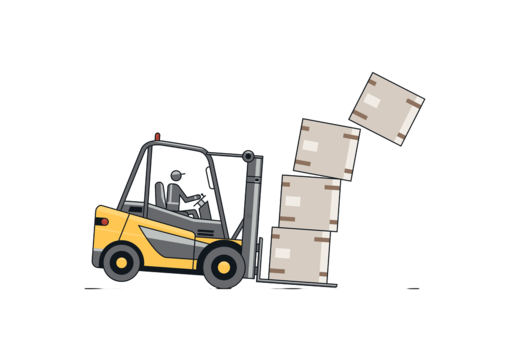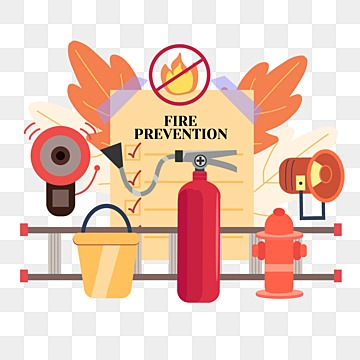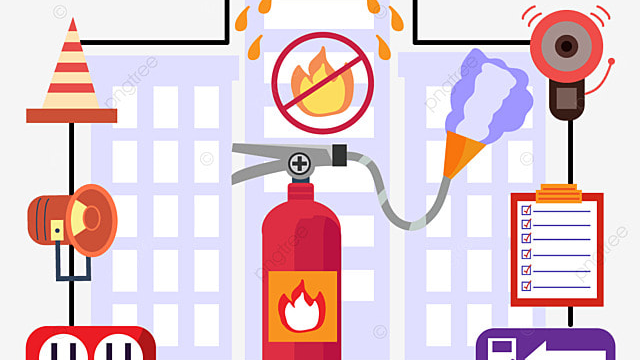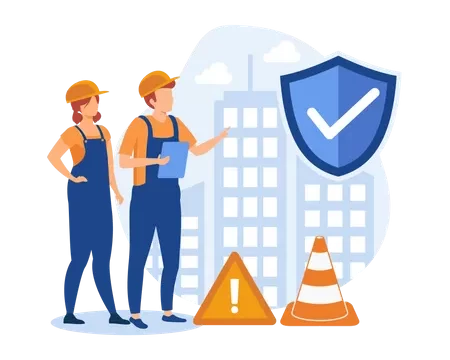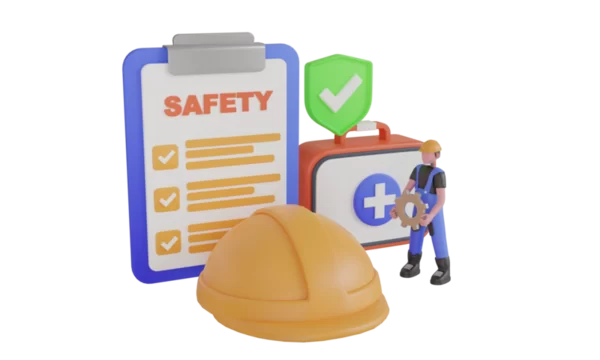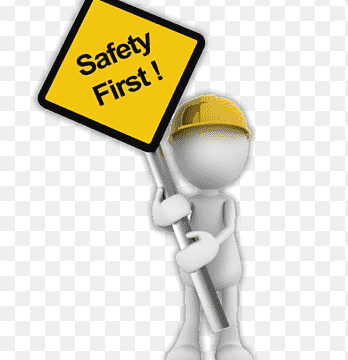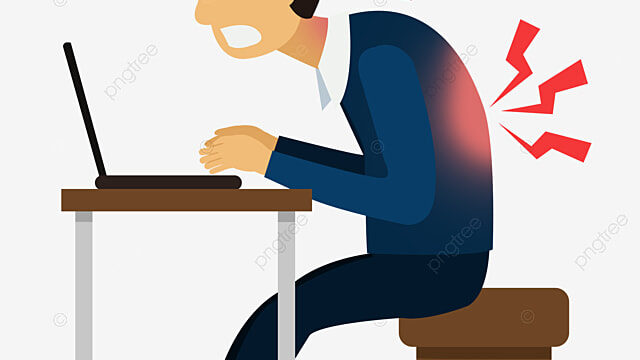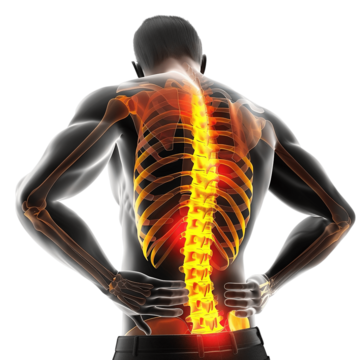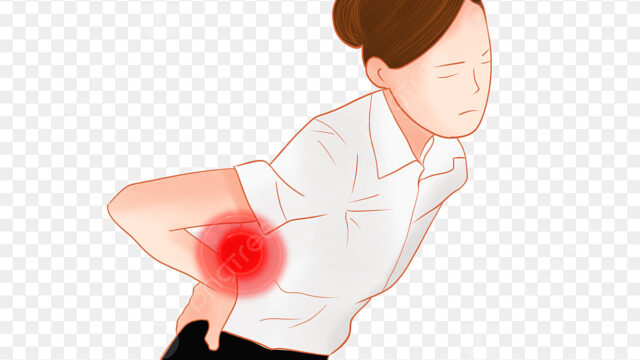Popular
Powered Industrial Truck Safety Driving
Description
Target Audience:
- New and experienced forklift operators
- Warehouse workers
- Construction site personnel
- Logistics and transportation employees
- Anyone required to operate powered industrial trucks as part of their job
1. Course Objectives
By the end of this training, participants will be able to:
- Understand OSHA regulations and workplace safety requirements for powered industrial trucks.
- Identify different types of powered industrial trucks and their specific applications.
- Recognize common hazards and implement safe operating practices.
- Perform pre-operation inspections and identify mechanical issues.
- Demonstrate safe driving, load handling, and maneuvering techniques.
- Understand pedestrian safety, blind spots, and workplace traffic rules.
- Respond appropriately to emergency situations and accidents.
2. Learning Outcomes
Upon successful completion, participants will be able to:
- Explain OSHA 29 CFR 1910.178 regulations governing powered industrial trucks.
- Conduct a proper pre-shift inspection and report safety concerns.
- Safely operate a powered industrial truck in various workplace settings.
- Apply correct loading, unloading, and stacking techniques to prevent tip-overs.
- Demonstrate awareness of pedestrian traffic and site-specific hazards.
- Perform emergency shutdown procedures and report accidents.
- Understand and implement safe refueling and battery charging practices.
3. Course Outline
Module 1: Introduction to Powered Industrial Trucks
- Definition and types of powered industrial trucks (PITs)
- Common workplace applications
- OSHA regulations and compliance requirements
Module 2: Hazard Recognition and Risk Management
- Common PIT hazards (tip-overs, collisions, load instability)
- Pedestrian safety and site traffic management
- Environmental factors affecting safe operation
Module 3: Pre-Operational Inspection & Maintenance
- Daily safety checks (fluid levels, brakes, tires, forks, lights)
- Reporting and addressing mechanical issues
- Proper refueling and battery charging procedures
Module 4: Safe Operation Techniques
- Starting, stopping, and maneuvering techniques
- Load capacity and stability triangle principles
- Handling loads safely (lifting, stacking, and unloading)
- Operating on ramps, inclines, and uneven surfaces
Module 5: Workplace Traffic Rules & Pedestrian Safety
- Right-of-way rules and designated driving lanes
- Blind spots and communication signals
- Safe parking and shutdown procedures
Module 6: Emergency Procedures & Accident Response
- How to respond to PIT-related accidents
- Emergency stopping and shutdown
- Fire hazards and spill containment
Module 7: Hands-On Practical Training & Evaluation
- Conducting pre-use inspections
- Maneuvering exercises in a controlled environment
- Loading and unloading operations
- Final driving test and certification assessment
4. Training Methodology
- Classroom Instruction – Interactive lectures, videos, and case studies on PIT safety.
- Group Discussions – Sharing real-life workplace experiences and problem-solving.
- Hands-on Training – Practical demonstrations and supervised driving exercises.
- Simulations & Scenario-based Training – Emergency response drills and hazard recognition.
- Knowledge Assessment – Written test on PIT safety rules and best practices.
- Performance Evaluation – Practical skill assessment on a powered industrial truck.
5. Certification & Compliance
Upon successful completion, participants will receive:
- Powered Industrial Truck Safety Certificate (valid for three years or per company policy)
- OSHA-compliant training record documentation for employer compliance
- Recommendations for refresher training (as needed)
Location
Review
Write a ReviewThere are no reviews yet.
